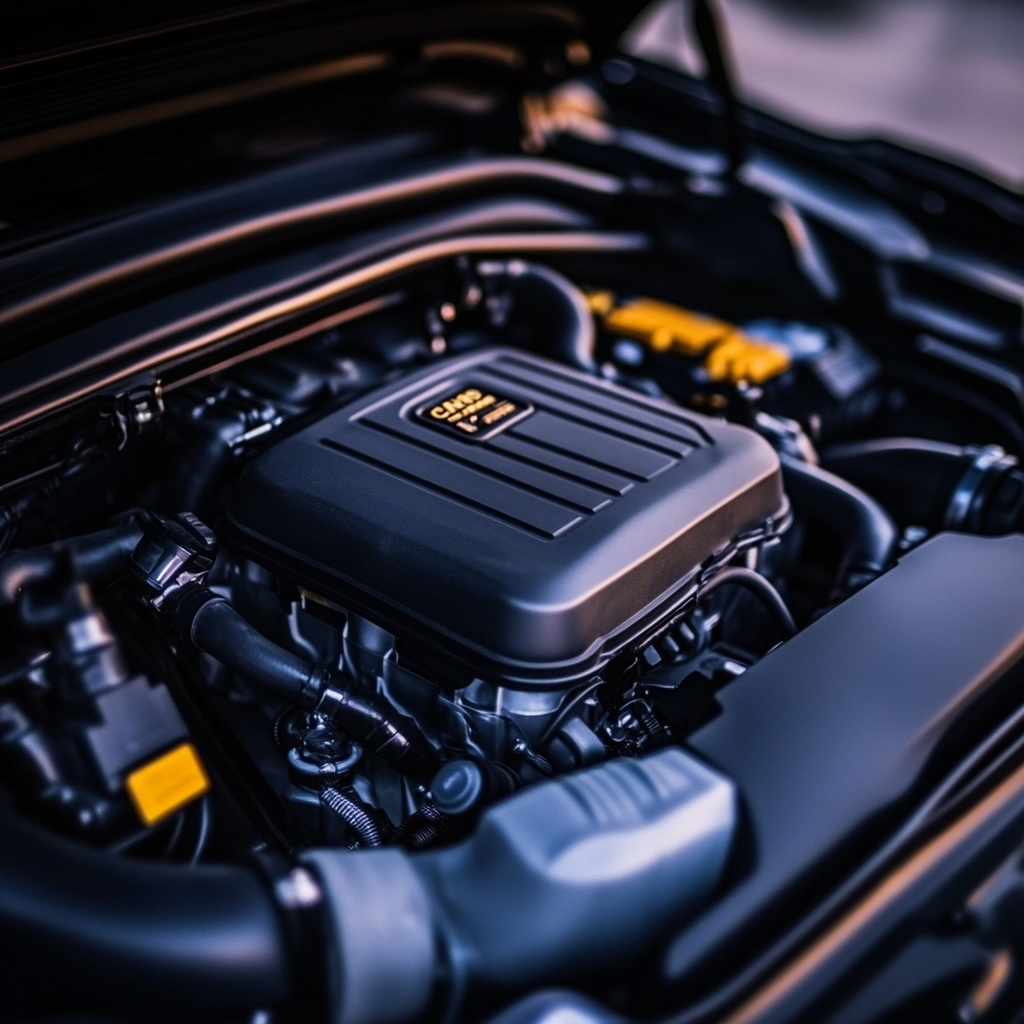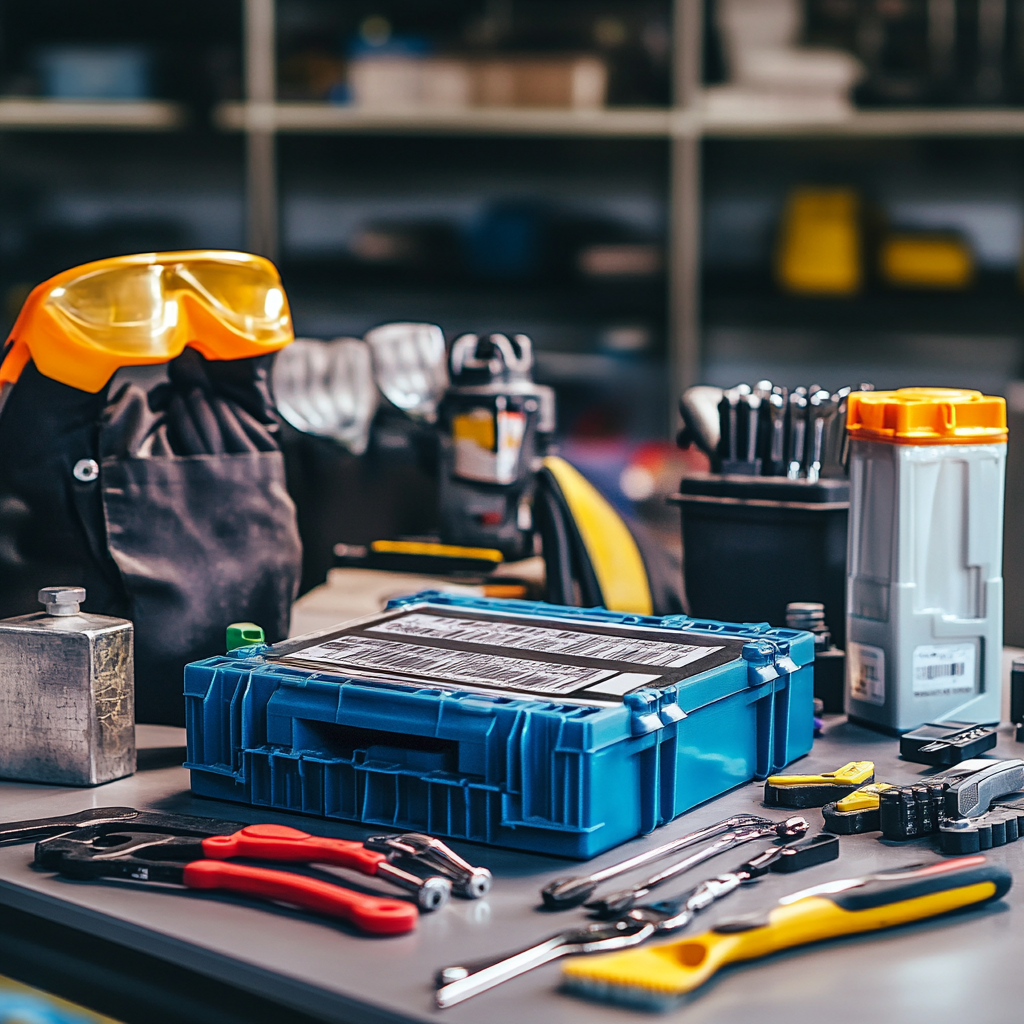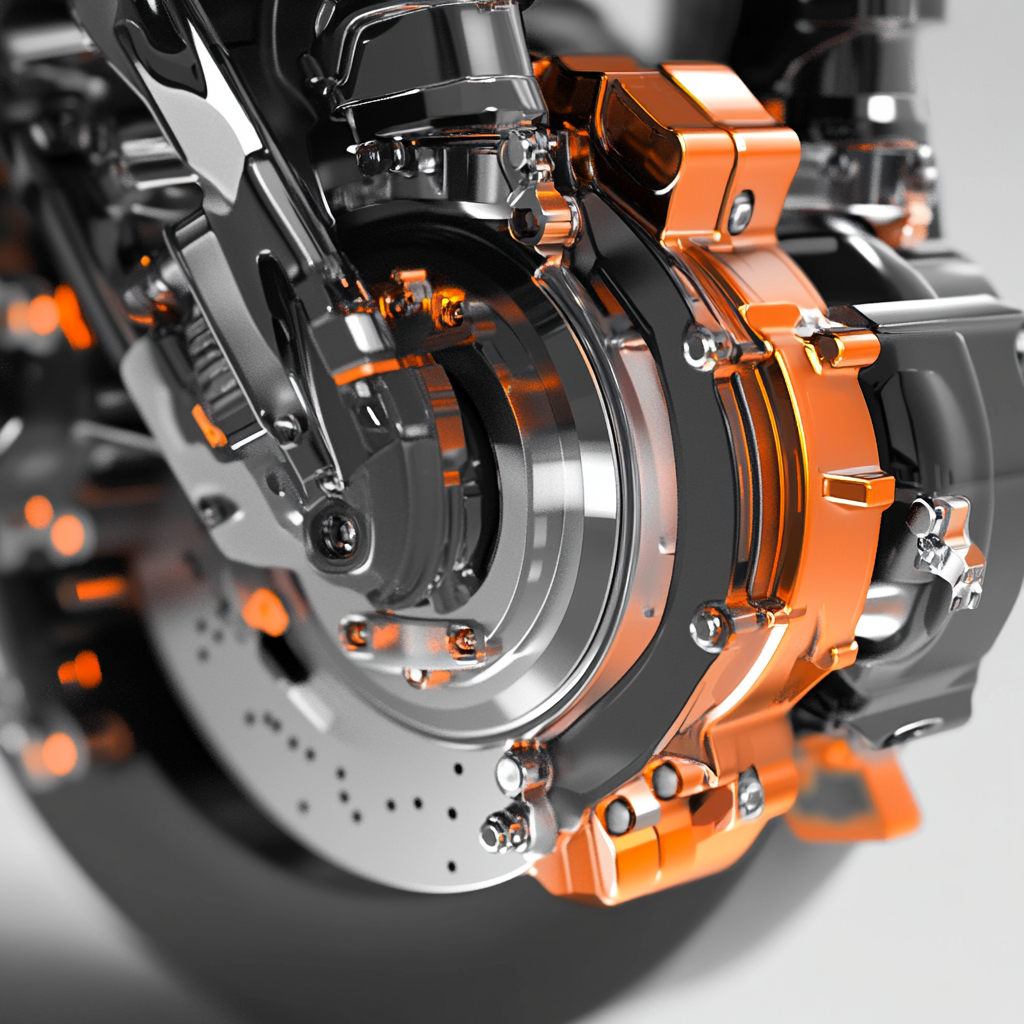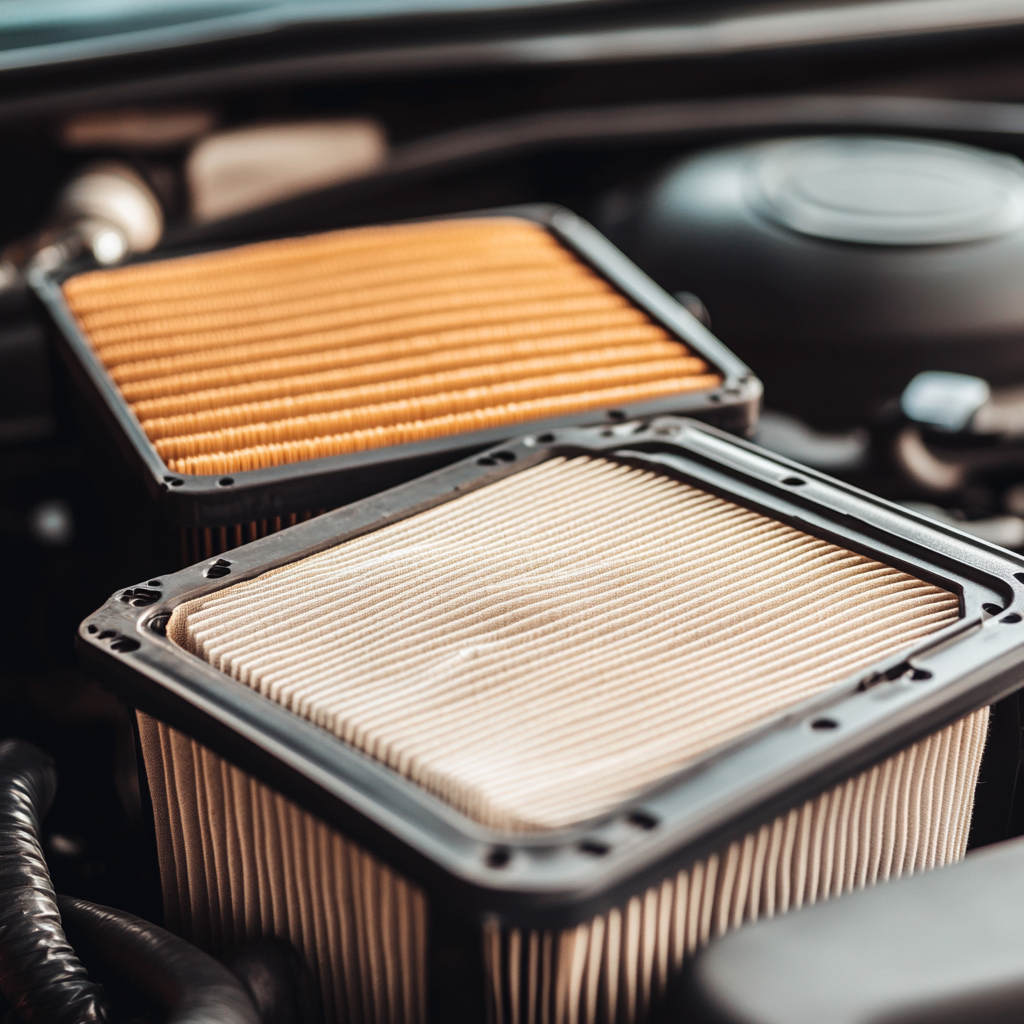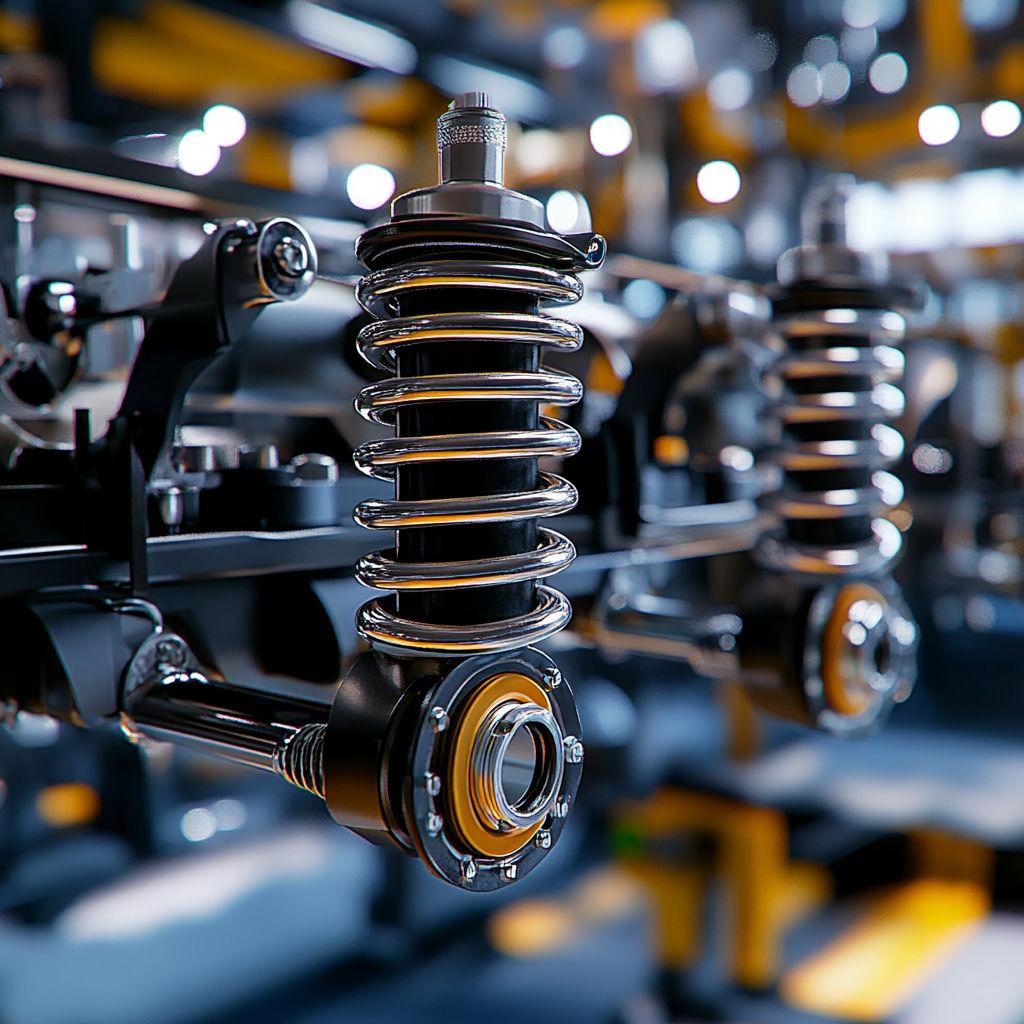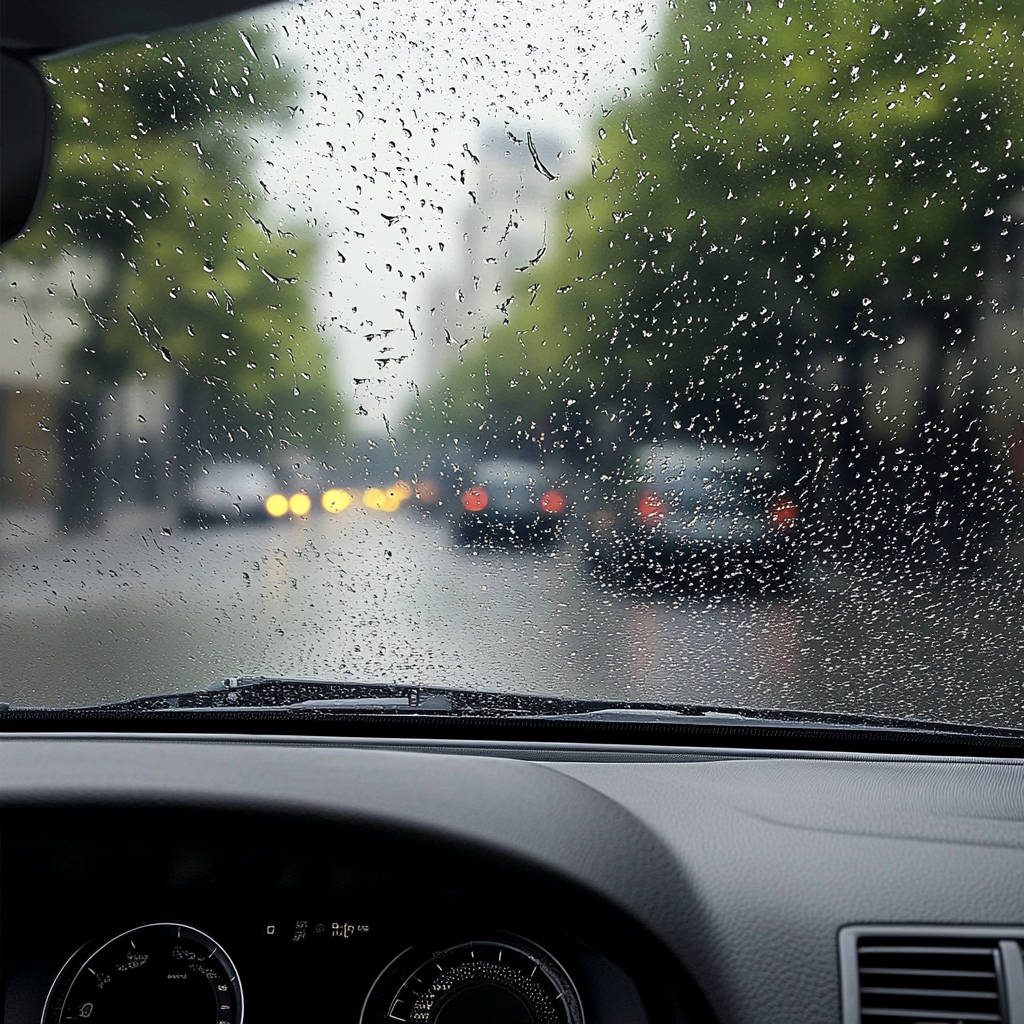
Best Tips for Keeping Car’s Engine Clean are not just about appearances but also an essential part of proactive vehicle maintenance. Maintaining a clean engine ensures better performance, longevity, and efficiency, helping you avoid costly repairs in the long run. A clean engine is key to maintaining your vehicle’s performance, which will increase fuel efficiency and longevity. If you drive your car over a long time then dirt debris and grime naturally accumulate in the engine bay, which will potentially clogging filters. As a result it will diminish airflow and even cause overheating or corrosion. This buildup doesn’t just affect how your engine looks, but it also affects your car’s engine overall performance. By keeping your car’s engine clean you can improve the engine’s efficiency also you can reduce the risk of expensive repairs. In this guide, we’ll cover everything you need to know about how to keep your car engine clean and running at its best.
Why a Clean Engine Matters
Maintaining a clean engine offers numerous benefits that go beyond simple aesthetics. We all know that a clean engine improves overall engine efficiency. Because it allows the engine for proper airflow, which also improves the cooling system and reduces the work stress on the engine. Another advantage is that it helps prevent rust. When we didn’t do proper cleaning at that time, those dirt and debris trapped moisture against engine parts, leading to rust and other forms of corrosion over time. Plus, a clean engine also helps you find problems early. Leaks, cracks, or worn parts are easier to spot on a clean engine, so you can fix them before they get worse and cost you more. And if you take care about your car’s maintenance then it will help you by boosting its resale value.

Preparing for Engine Cleaning: Safety Tips and Tools
Before starting engine cleaning you have to follow some rules to protect both you and your vehicle. First safety tips start with ensuring the engine is completely cool, for that please park your vehicles on a flat surface and turn off your car’s engine for a minimum one and half hour. Because cleaning a hot engine can cause burns and might damage sensitive parts. After the first step you need to disconnect the battery to avoid any types of electrical mishaps during the process. Once you complete the safety precautions, now you need to gather the right tools and materials for effective cleaning. For this operation you have to gather Microfiber cloths, Soft brushes, Engine-specific degreaser, Bucket of water. We will discuss all of those tools later.

Step-by-Step Guide to Cleaning Your Car Engine
Cleaning your car’s engine might seem scary, but it’s easy to do if you follow these steps. Here’s how to clean your engine safely and effectively.
Step 1: Park in a Well-Ventilated, Shaded Area
To start your cleaning process you need to park your car in a well ventilated area, which will help you to get more fresh air while you’re cleaning. And also go for a shaded area because it will take time to complete the whole operation.
Step 2: Cover Sensitive Parts
In your car so many sensitive parts are there under the hood. While you will be doing your work that time those parts may get damaged. To overcome this situation use plastic bags to cover the battery, alternator, and any exposed wire. Covering these parts keeps them safe from water and cleaning products, which can damage the electrical components.
Step 3: Remove Loose Dirt and Debris
Now start your operation by removing the big and loose dirt, for this use a brush or vacuum to clean the engine surface and tight corners. This action will help you to increase the effectiveness of cleaning.
Step 4: Apply Engine Degreaser Evenly
Spray degreaser onto the engine bay’s grimiest areas. Be careful around electrical parts. The degreaser’s nozzle helps you apply it precisely. Maximum degreasers come with a nozzle which will help you to do the job more accurately.
Step 5: Let the Degreaser Sit
Give degreaser 5 to 10 minutes to work on the grime. This time will help to lift stubborn oil and dirt, which is difficult to remove.

Step 6: Scrub Stubborn Dirt with a Soft Brush
After the degreaser has had time to sit, use a soft brush to scrub particularly dirty areas. While you are brushing your car’s engine, pay extra attention to spots where oil and grime build up more. If it’s hard to reach then using a toothbrush or detailing brush works well.
Step 7: Rinse Gently
While you are cleaning with water after brushing, use a controlled spray bottle or gentle hose setting. Because if you use high pressure water that it may damage sensitive parts or it will push water into areas it shouldn’t reach.
Step 8: Wipe Down with a Microfiber Cloth
Use a microfiber cloth to wipe off any remaining residue. This step ensures no water or degreaser lingers, which can affect electrical connections and leave spots on metal surfaces.
Step 9: Remove Plastic Covers and Reconnect the Battery
Give your car’s engine some time to dry the water. Once the water is dry remove the plastic covers from the sensitive parts that you covered for protection. After that reconnect the battery. Start the engine briefly to help any excess moisture evaporate, ensuring everything functions correctly after post-cleaning.

Following these steps will keep your engine clean and in top shape, boosting both performance and durability while giving you peace of mind.

